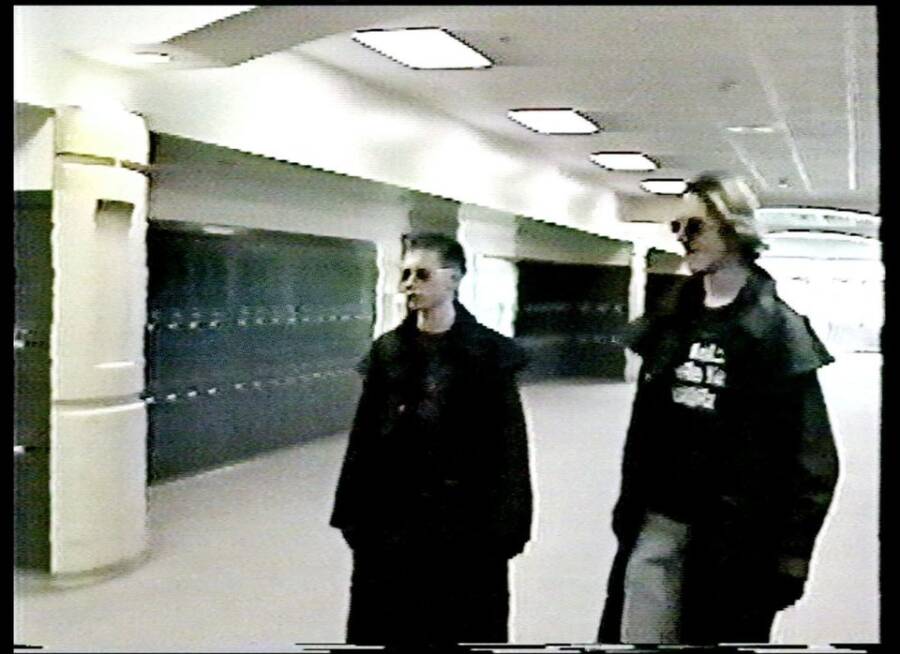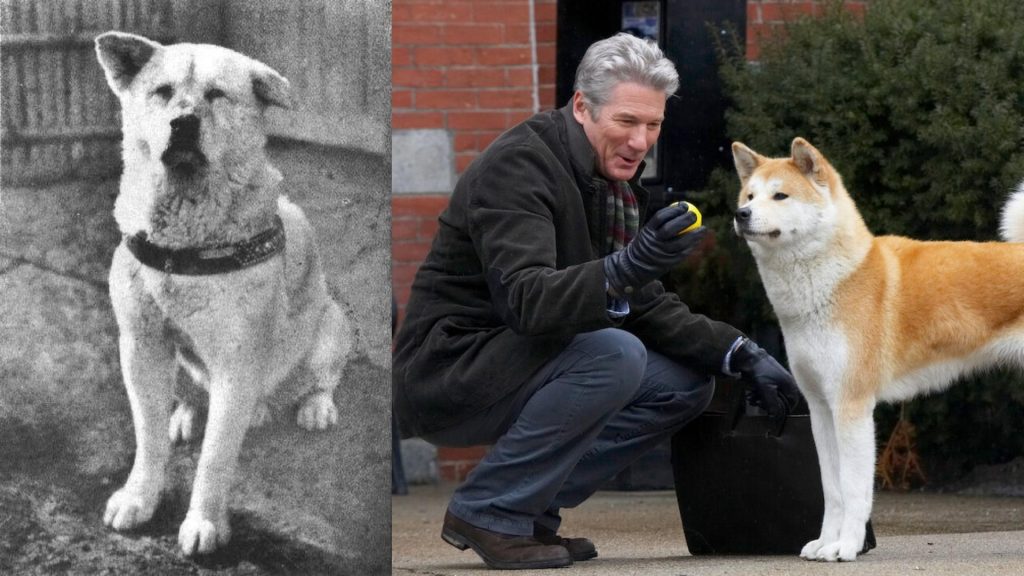The Columbine High School massacre on April 20, 1999, sent shockwaves across the nation, forever altering perspectives on school safety and violence. Initially, the media painted Dylan Klebold and Eric Harris as bullied outcasts seeking revenge, associated with the fictionalized “Trench Coat Mafia.” However, subsequent investigations and analyses have debunked these misconceptions, revealing a more complex reality.
Dissecting the Trench Coat Mafia Myth
Contrary to popular belief, Klebold and Harris were not victims of bullying nor members of the Trench Coat Mafia. Extensive research by journalists like Dave Cullen uncovered that they were socially integrated teenagers, albeit with troubled mindsets. The Trench Coat Mafia, originally portrayed as a violent goth subculture, was, in fact, a harmless group of computer gamers. Klebold and Harris did not fit into this group, nor did they exhibit signs of being bullied.
Exploring the Personal Lives of Klebold and Harris

Both Klebold and Harris led relatively normal lives on the surface, participating in school activities and having their own circles of friends. However, beneath the facade, they harbored dark thoughts and engaged in alarming behaviors. Harris expressed disdain for humanity and exhibited manipulative tendencies, while Klebold battled depression and suicidal ideation. These warning signs went largely unnoticed by authorities and peers.
Ignored Red Flags and Preparation for Violence
Despite encounters with law enforcement and concerning behaviors, such as creating pipe bombs and compiling weapons, Harris and Klebold’s descent into violence went unchecked. Authorities failed to act on multiple warnings, including explicit threats made by Harris on his personal website. The duo’s original plan to detonate bombs and cause mass casualties was foiled by faulty wiring, leading to a gun-centric massacre inside the school.
Understanding Law Enforcement’s Response

The chaotic nature of the Columbine massacre caught law enforcement off guard. Initial perceptions of a hostage situation hindered intervention strategies, contributing to the confusion and delayed response. The tragedy served as a wake-up call for law enforcement agencies nationwide, highlighting the need for improved crisis management protocols.
Conclusion
The Columbine High School tragedy shattered lives and left a lasting impact on society. By dispelling myths surrounding Klebold and Harris, we gain valuable insights into the complexities of youth violence. Understanding the warning signs and failures in intervention can aid in preventing similar tragedies in the future.
FAQs
- Were Klebold and Harris bullied at Columbine? Despite initial media portrayals, evidence suggests they were not subjected to bullying.
- What were the warning signs ignored by authorities? Klebold and Harris exhibited troubling behaviors, including making threats and amassing weapons.
- How did law enforcement respond to the Columbine shooting? Initial perceptions of a hostage situation influenced response strategies, leading to delays in intervention.
- What was the original plan of Klebold and Harris? They intended to detonate bombs inside the school, but faulty wiring thwarted their plan, leading to a gun-based attack.
- What lessons were learned from the Columbine tragedy? The incident highlighted the importance of recognizing warning signs and improving crisis management protocols.



